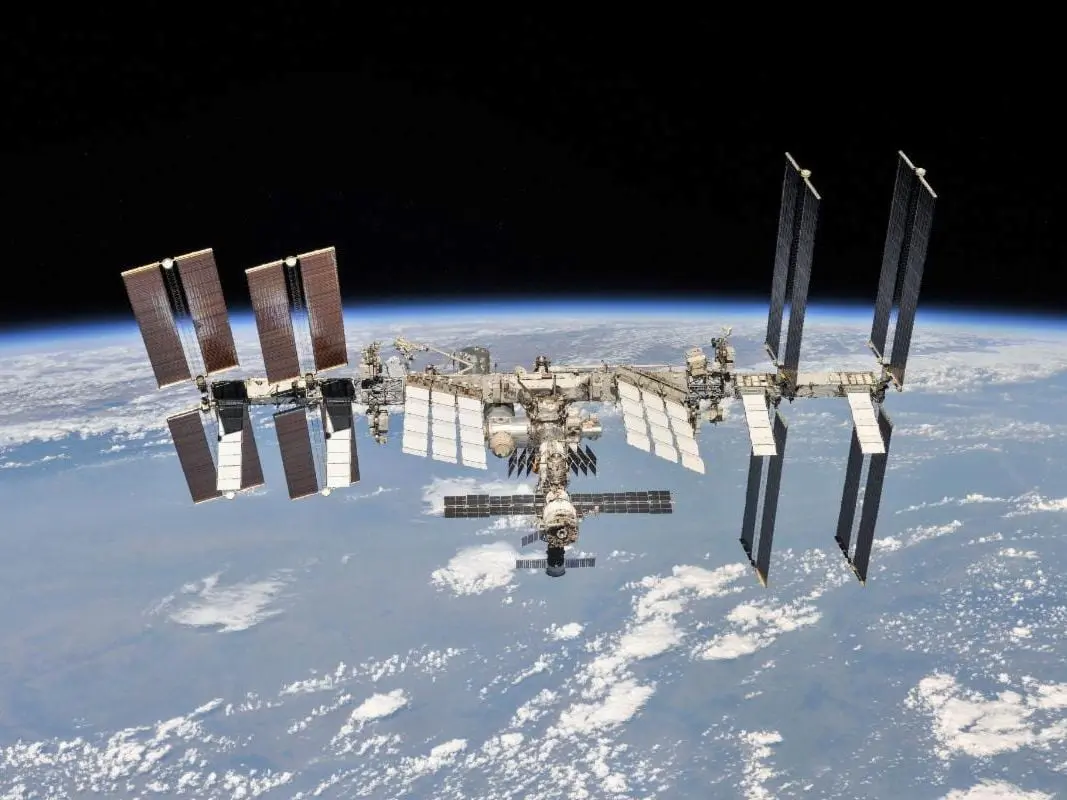NASA Wins 14 Awards at 2024 Webbys

Earlier this week, the agency was recognized by the 28th Annual Webby Awards with six Webby Awards and eight People’s Voice Awards, the latter of which are awarded by the voting public.
“We’re thrilled that the Webbys have recognized the breadth of NASA’s digital communications,” said Marc Etkind, associate administrator for communications. “To have a podcast, a virtual exhibit, live streaming, social and web all honored shows how skilled and accomplished our team is. We’re especially pleased to see awards recognizing our reinvigorated digital platforms, including the NASA website and NASA+ streaming service. Together with the science website and NASA app, they are the core of our digital communications.”

The New NASA Website
The new NASA website is the foundation of a one-stop shop for the agency’s missions and research, climate data, Artemis updates, and more. The updated, topic-driven experience provides easier, more integrated access to information currently found across the agency’s many websites.

On-Demand Streaming
NASA+, the agency’s new on-demand streaming service, is the home of original video series, live mission coverage, kids’ content, Spanish-language programming, and the latest news as NASA continues to improve life on Earth through innovation, exploration, and discovery.

A Chandra Doubleheader
NASA’s Chandra X-ray Observatory has released new videos of two of the most famous objects in the sky—the Crab Nebula and Cassiopeia A. Each includes X-ray data collected by Chandra over about two decades.

Artemis Moon Trees
After careful review of hundreds of applications, NASA has selected organizations from across the country to receive the “Moon Tree” seedlings that flew around the Moon on the Artemis I mission in 2022.
Citizen Science Around the Globe

NASA’s Citizen Science projects are collaborations between scientists and interested members of the public. Through these collaborations, volunteers (often referred to as citizen scientists) have helped make thousands of important scientific discoveries.
Citizen Science is for everyone, regardless of citizenship status or homeland, and is increasingly inclusive of people who speak languages other than English. Thanks to project participants, 11 projects have been translated into 18 languages.

NASA Grant Brings Students at Underserved Institutions to the Stars

NASA Announces 30th Human Exploration Rover Challenge Winners

Explore the Universe with the First E-Book from NASA’s Fermi

NASA’s CloudSat Ends Mission Peering Into the Heart of Clouds
From the Archives

In this April 25, 1990, photograph taken by the crew of the STS-31 space shuttle mission, the Hubble Space Telescope is suspended above Shuttle Discovery’s cargo bay, some 332 nautical miles above Earth. The Canadian-built Remote Manipulator System (RMS) arm, controlled from the shuttle’s flight deck by crew members, held the huge telescope in this position during pre-deployment procedures, which included the extension of solar array panels and antennae.
STS-31 was the 10th launch of the shuttle Discovery. On board were Commander Loren J. Shriver, Pilot Charles F. Bolden, Jr., and Mission Specialists Steven A. Hawley, Bruce McCandless II, and Kathryn D. Sullivan. To launch Hubble into an orbit that guaranteed longevity, Discovery soared to a record altitude of approximately 360 miles (600 km).
HUBBLE’S HIGHLIGHTS FROM ITS 34th YEAR IN ORBIT
NOTE: This is a NASA Publication. Reformatted to fit this screen.
Thanks for taking the time to read this. Please consider a donation if you like what we do.
